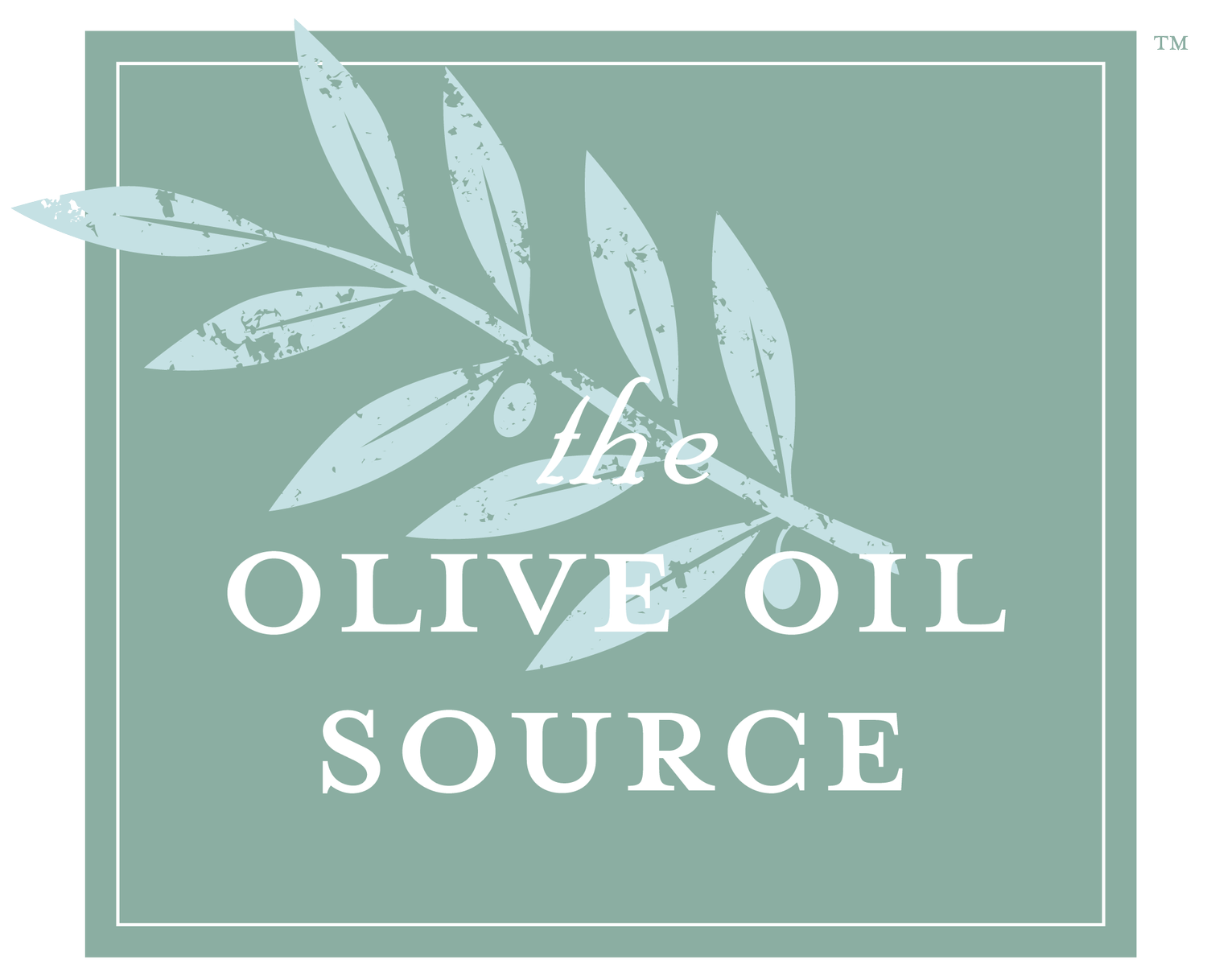Racking, Bottling and Labeling
As we finally see the light at the end of the tunnel for milling this year, we also are starting to get deluged with requests for bottling. For those of you who have been through the drill repeatedly, you won't learn much from this and should probably spend your time elsewhere.
If this is your first time bottling, there are some important things you need to know. First, get your label squared away. The production of labels always takes much longer than one expects. There is always a lot of work to do on the design side, revisions to designs, working out details with the printer etc. Invariably, this is what holds up a bottling job and it has nothing to do with the bottler. I can't tell you how many times I have told people to get their labels squared away before worrying about bottling only to have them deliver their oil and bottles that then have them sit in our warehouse for months while they get their labels figured out. Warehouse space isn't cheap so why waste money on storage if you don't have to?
Once you have your labels worked out and sent off for printing, then get the rest going. The rest isn't much. Purchase your bottles and get them and closures to your bottler. If you are using a shrink wrap capsule or a spinner, be sure to have enough of them sent along too. Most bottling jobs we see take a day at most so there is little need to make a big deal out of the process. All you need to do is have everything delivered at the same time to your bottler. Do not send it in in dribs and drabs, it is just a headache for the bottler. One last thing, have your oil racked before you take it to be bottled.
I have heard a lot of confusion about racking olive oil. The point of that exercise is to get clean oil separated from any sediment in the bulk container in which you are storing your oil. Vegetable solids and water settle out of freshly milled oil and will degrade your oil if left in contact with it. The sediment eventually forms a gooey paste at the bottom of the container that is easily separated from the oil. The longer you wait, the easier it is to separate but then that is more time the good oil is being degraded by the contact with the sediment. There are many ways to accomplish racking. If you are a small producer and have your oil in 5 gallon containers, you can just pour off the clean oil into clean containers. Then consolidate the oil that still has sediment in it, let it settle for awhile, then pour off the good oil. One just keeps repeating this process until all you have left is unusable oil full of sediment and you should dispose of it. If your oil is in 55 gallon drums, it is easiest to use a pump and pump the oil off until you reach the sediment at the bottom. If you have conical bottomed stainless steel tanks, then you can just drain the rackings out through the bottom of the tank. The idea is just to limit the contact between the oil and the sediment and it doesn't really matter how you go at it.
If you are taking the oil to be bottled, if you bring in unracked oil, you can't really expect the bottler to not get some of the sediment into some of the bottles and this is not ideal. You may be able to pay the bottler to rack the oil and that is money well spent if you can do it. Last but not least, pick up your bottled oil promptly. The bottler doesn't want it lying around and there isn't much to be gained leaving your product in someone else's hands.

